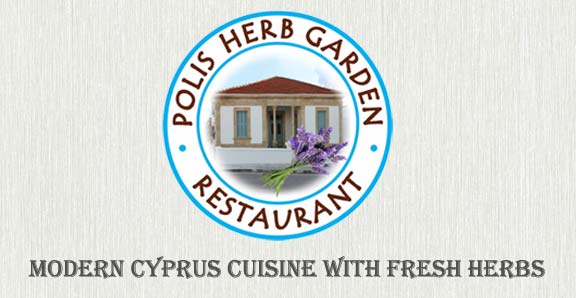Basil (Ocimum basilicum), also called great basil or Saint-Joseph’s-wort, is a culinary herb of the family Lamiaceae (mints). It is also called the “king of herbs” and the “royal herb”. The name “basil” comes from Greek βασιλικόν φυτόν (basilikón phutón), “royal/kingly plant”.
Basil is possibly native to India,and has been cultivated there for more than 5,000 years.It was thoroughly familiar to the Greek authors Theophrastus and Dioscorides. It is a hardy annual plant, best known as a culinary herb prominently featured in Italian cuisine, and also plays a major role in Southeast Asian cuisines of Indonesia, Thailand, Malaysia, Vietnam, Cambodia, Laos, and Taiwan. Depending on the species and cultivar, the leaves may taste somewhat like anise, with a strong, pungent, often sweet smell.
There are many varieties of Ocimum basilicum, as well as several related species or species hybrids also called basil. The type used in Italian food is typically called sweet basil (or Genovese basil), as opposed to Thai basil (O. basilicum var. thyrsiflora), lemon basil (O. X citriodorum), and holy basil (Ocimum tenuiflorum), which are used in Asia. While most common varieties of basil are treated as annuals, some are perennial in warm, tropical climates, including holy basil and a cultivar known as “African blue“.
To date, there are no scientifically established health benefits of consuming basil leaves or oil.
Culinary use
Basil is most commonly used fresh in cooked recipes. In general, it is added at the last moment, as cooking quickly destroys the flavor. The fresh herb can be kept for a short time in plastic bags in the refrigerator, or for a longer period in the freezer, after being blanched quickly in boiling water. The dried herb also loses most of its flavor, and what little flavor remains tastes very different, with a weak coumarin flavor, like hay.
Basil is one of the main ingredients in pesto—a green Italian oil-and-herb sauce.
The most commonly used Mediterranean basil cultivars are “Genovese”, “Purple Ruffles”, “Mammoth”, “Cinnamon”, “Lemon”, “Globe”, and “African Blue”. The Chinese also use fresh or dried basils in soups and other foods. In Taiwan, people add fresh basil leaves to thick soups (Chinese: 羹湯; pinyin: gēngtāng). They also eat fried chicken with deep-fried basil leaves. Basil (most commonly Thai basil) is commonly steeped in cream or milk to create an interesting flavor in ice cream or chocolates (such as truffles). The leaves are not the only part of basil used in culinary applications, the flower buds have a more subtle flavor and they are edible.
Thai basil is also a condiment in the Vietnamese noodle soup
Seeds
When soaked in water, the seeds of several basil varieties become gelatinous, and are used in Asian drinks and desserts such as faluda, sharbat-e-rihan, or hột é.
Ο Βασιλικος (BASIL) είναι η κοινή ονομασία του φυτού Ocimum basilicum. Το αιθέριο έλαιο του Βασιλικού προέρχεται από την απόσταξη ατμού των φύλων του. Λόγω της γλυκιάς μυρωδιάς του είναι ένα από τα ευρύτερα διαδεδομένα αιθέρια έλαια.
Στην αρωματοθεραπεία ο Βασιλικος θεωρείται πως αναζωογονεί σώμα και πνεύμα. Το αιθέριο έλαιο του Βασιλικού χρησιμοποιείται για την αντιμετώπιση κρυολογημάτων, συμπτωμάτων γρίπης, βήχα, σωματικής κόπωσης και εξάντλησης. Ανακουφίζει από μυϊκούς πόνους και από πόνους ρευματισμών.
Το αιθέριο έλαιο του Βασιλικού συνδυάζεται πολύ καλά με: Περγαμοντο, Ιεροβοτανο, Γαρυφαλο, Λάιμ, Ευκαλυπτο, Άρκευθο, Λεμονι, Νερολι, Δεντρολιβανο.



